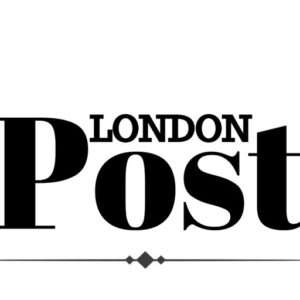New figures show an extra 253 GPs have been recruited by London practices since 1 October.
The recruitment boost, part of the government’s Plan for Change, aims to make it easier for people to get an appointment with their GP, ease pressure on GPs, cut waiting lists and ‘bring back the family GP’.
South London GP and NHS London’s medical director for primary care Dr Agatha Nortley-Meshe said: “These extra GPs provide a welcome boost to services across London, improving general practice capacity for care delivery.”
One practice benefiting from the increasing number of qualified GPs is the James Wigg practice in Kentish Town, where more GPs means they have more time for patient appointments and to focus on learning and development.
GP partner Jonathan Levy said: “This funding boost under the additional roles reimbursement scheme is helping us to increase capacity at the practice which, in turn, means more appointments, as well as extra capacity to care for our most complex patients.
“Two of the newly-qualified GPs working at our practice previously worked as surgical and anaesthetic junior doctors, so bring a wealth of knowledge and skills to the practice.”
Other changes to GP services include a requirement for surgeries to allow patients to request appointments online throughout working hours from October, freeing phone lines for those who want to book over the phone and making it easier for practices to triage patients based on medical need.
More patients will also be able to book appointments with their regular doctor if they choose to.
Jo Sauvage, chief medical officer for North Central London ICB, said: “In North Central London, we’re proud to be building a modern, integrated approach to neighbourhood health that puts patients at the heart of local services and is underpinned by fantastic local providers, such as Central and North West London NHS Foundation Trust.
“Through strategic commissioning of improved primary care estates, including practices like the James Wigg site, we’re enabling the environment for multidisciplinary teams to work together and deliver joined-up care.
“This supports the development of our approach across North Central London, building 18 integrated neighbourhood teams, which bring together local healthcare professionals to deliver proactive, personalised care. It’s a key part of how we’re improving access, reducing pressure on services and supporting people to stay well in their communities.”
Cutting waiting lists and improving access to health services for patients across the country is one of the government’s top priorities in its Plan for Change.








